The Longest Race
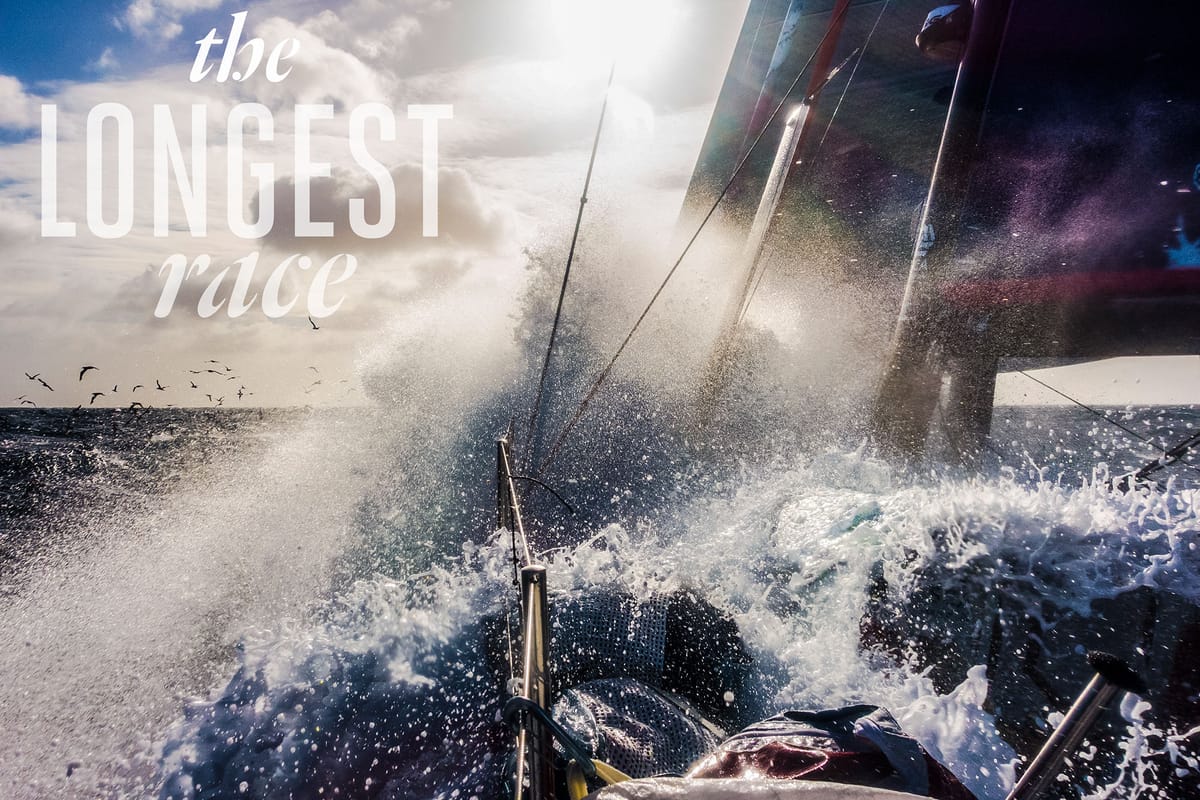
Nine months of offshore sailing - over 38,000 nautical miles around the world. For the first time in a decade, an all-women’s team entered and finished the Volvo Ocean Race, the world’s most extreme offshore sailing event. This is the personal account of its most dangerous leg.
The Volvo Ocean Race began over 40 years ago as the Whitbread Round The World Race, an offshore sailing challenge in the tradition of old sailing cargo ships. In that first edition, three participants died, near-mutinies took place, and 14 boats finished, barely, of the starting 17. Now, once every three years, some of the best offshore sailors on the planet take a year or more off from their lives to crew this unforgiving event. Over the decades, the race has pioneered advances in not just sailing yachts, but also for the outdoors in general - such as the advent of 3-layer, wicking clothing for active wear. In the 2014 - 2015 season, seven boats started from Spain in October 2014, with Swedish hygiene brand SCA sponsoring the first all women’s team in 11 years. Liz Wardley, an experienced Australian who’d already been in the event over a decade ago, was selected as one of the members. For nearly all of nine months (apart from a few shore breaks at ports), the crew endured temperatures from -5 to +40°C; wore only two sets of clothes, ate only freeze-dried food, and worked exhaustingly hard to survive and sail in the best and worst of conditions, continuously for weeks at a time.
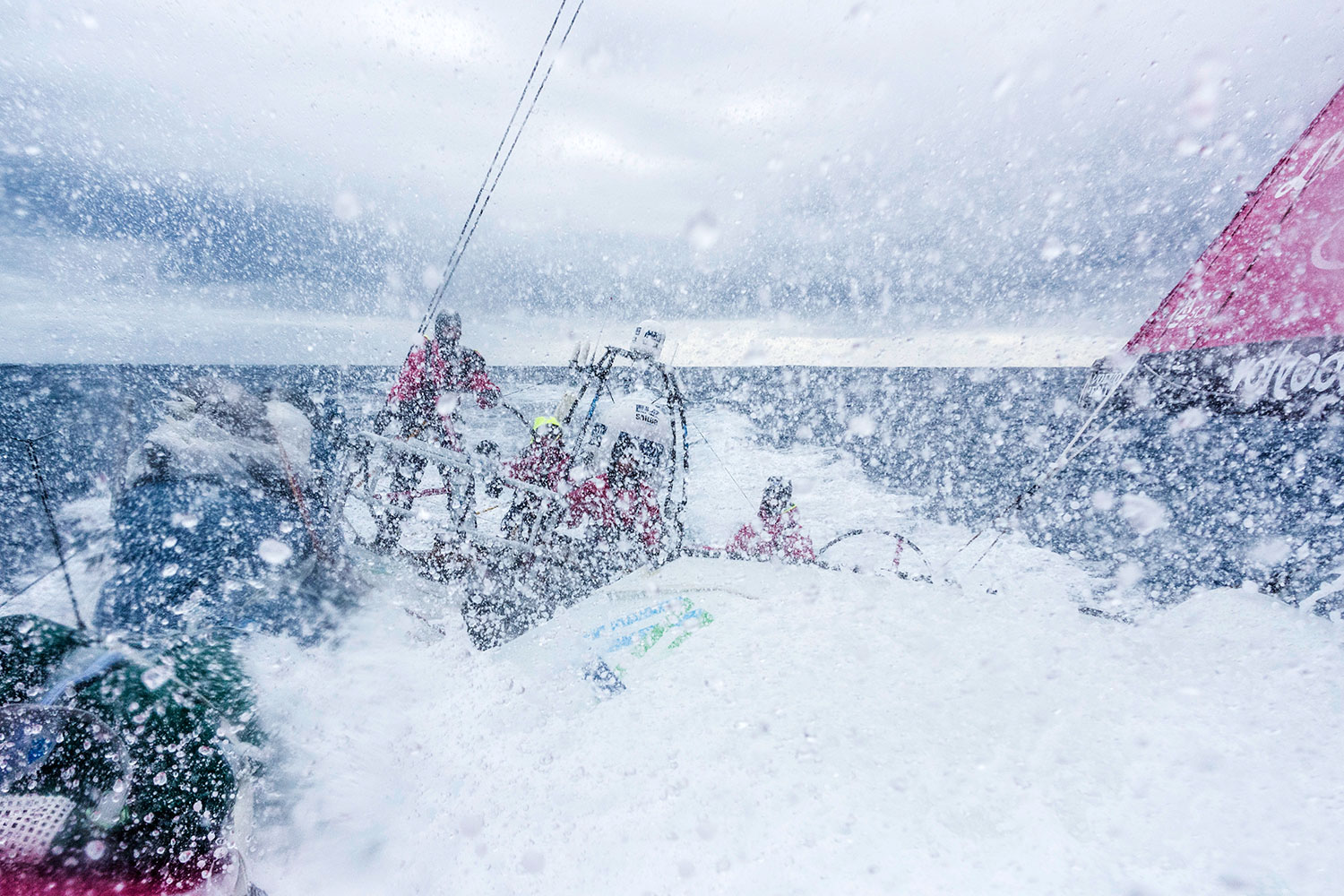
Why I’d wanted to do this again was easy. I love offshore racing and I have unfinished business with this race. SCA provided us an opportunity you will rarely find in any sailing campaign. We started training almost two years before the event, and had amazing coaches trying to bridge our experience gap with their knowledge of the race. Am I single? No. I am engaged to a Frenchman (not his fault) called Seb. He’s a boat builder and loves what I am doing and is very supportive. Being a competitor himself (paddling, not sailing) he understands the drive and commitment that it takes. Putting our personal projects on hold was the hardest thing to do. But I could not let this chance slip away.
Over two years, Team SCA slowly took shape as a crew. The women participated in trials, and trained under highly experienced coaches on the new Volvo 65 yacht. When the Race finally began, they were ready. They pushed hard from the start in Alicante, Spain down to Cape Town, around to Abu Dhabi, onwards to Sanya, China, reaching New Zealand on the last day of February, 2015.
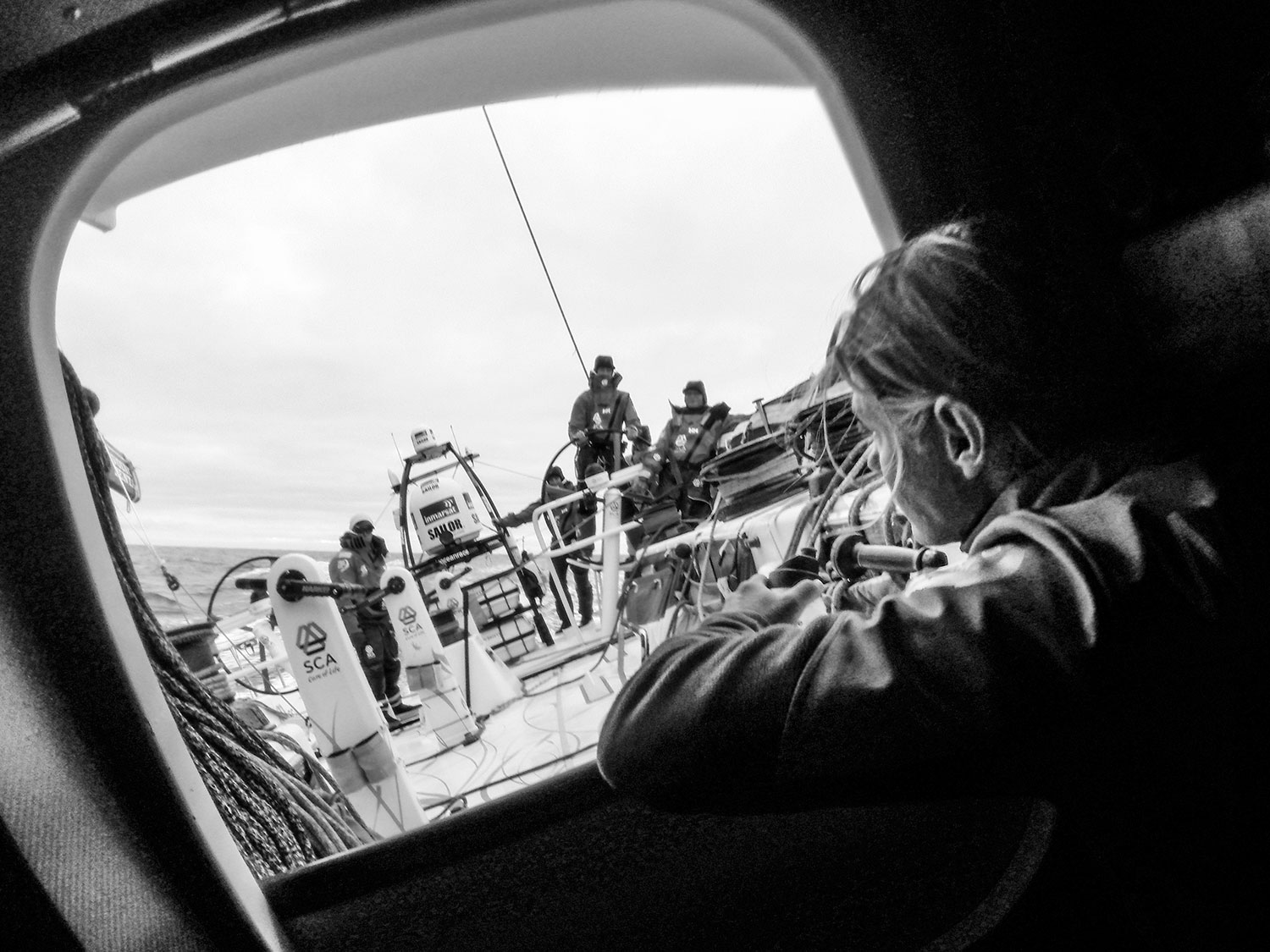
LEG 5: AUCKLAND, NEW ZEALND TO ITAJAI, BRAZIL. 6776 NAUTICAL MILES. (12,549 km)
Racing the ice limit, past Point Nemo, the most remote place on Earth, in the middle of the cold and dangerous Southern Ocean.
Everyone was exhausted and the state of the sea was hard on boat and crew. By the third morning it was starting to resemble Southern Ocean conditions – various shades of grey, yet an amazing luminosity under the weak sun. We were already feeling the drop in temperature. During the night we had very little sleep as we tacked three times to the south to avoid Cyclone Pam. Then our radar bracket broke on the rig - which we needed for spotting icebergs! As the resident boat builder, it was my job to fix the as- sembly. Sleep would just have to wait... I spent 36 hours glueing, laminating, grinding and driving. The next thing I knew it was Day 6. The radar was finally back on the mast and I managed a full off-watch sleep, which felt like heaven. We were at 46°S awaiting our first cold front that night and preparing the boat for heavy weather; sorting the stack; changing staysails; getting into our drysuits to try and stay warm.
The cold front arrived in true fashion. The yacht took a sudden massive nose dive with the rudders out of the wa- ter, straight into a near Chinese gybe, followed by a full on wipe out!
We furled, gybed with the staysail, peeled to the frac- tional Code Zero sail (fRO), put two reefs in, then peeled to the J2. I was on the bow but also coming back to drive, to get the boat going after the manoeuvres. It was a busy couple of hours, but I was loving the conditions and the action all the same!
Night came. It was a pitch black, and terrible weather with hail dropping down on us. I will not forget this night in a hurry. I had found a massive oil leak in our hydraulic system. Trying to find the source, I ended up covered in the stuff. In mid clean-up down below, we were hit with a succession of wipe-outs. After the third one I heard a mas- sive commotion and then, a shout that you just don’t want to hear.
“FRO’s gone, it’s in the water!”
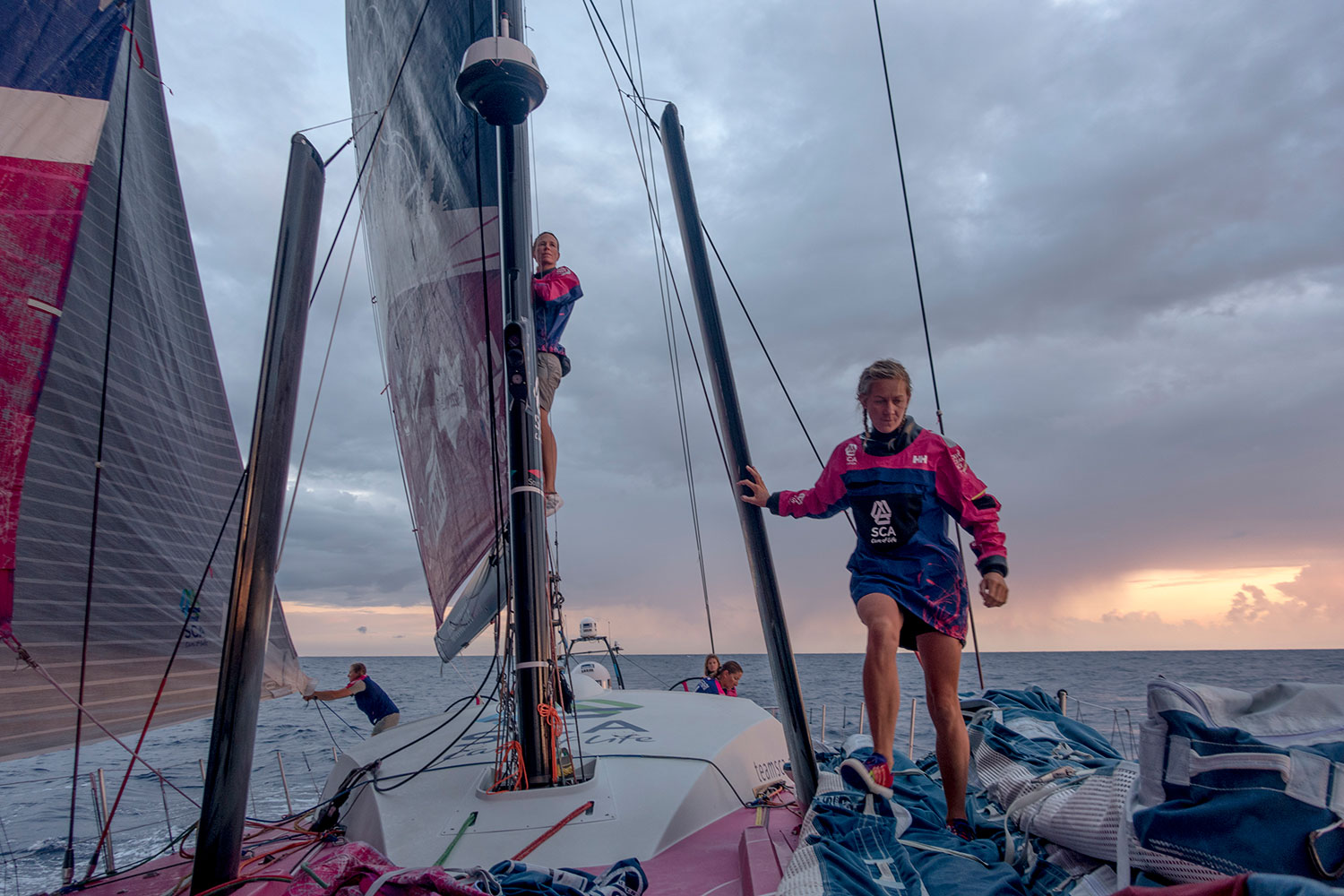
I ran up on deck. We were out of control. The sail was flogging itself to bits up the rig, and the rest was in the wa- ter, acting as a sea anchor, pulling us into a gybe. I took the helm mid-Chinese gybe and we managed to pull in the main sail as the boat began to turn over.
In a “Chinese gybe” or death roll, the boat is hit by conditions that turn it over on its side, into the freezing water.
We were completely laid over in the water, hanging on sideways, with the keel, stack and ballast to leeward. I pressed the keel centre button on the helm. Then I real- ised that I had failed to turn on the engine battery switch before rushing on deck. This meant we were on the elec- tric pump, which was working very slowly. We managed to close the leeward hatch and I used Carolijn Brouwer, my Dutch teammate, as a step ladder to get to the helm. It took a while to haul the bits back on board. We got things back under control. Everyone was safe and accounted for on deck!
Assessing the damage, we went straight into repair- ing the mainsail, removing two battens and all the carbon splinters that had snapped off. It all took a long time - it was so cold the sikaflex wouldn’t stick and we had to hand stitch the repairs. Hail storms kept passing every 30 minutes...
We slowly got back into it. But our confidence wasn’t going to come back overnight. Order and the watch system were gradually restored. Stacey [Jackson] was repairing the J3 and I worked on the battens and the galley. Sophie [Ciszek] had gone flying and taken out the guard rail which runs around the galley. Meanwhile, I was also still sponging up hydraulic oil as the leak was coming from the crimp on a hose!
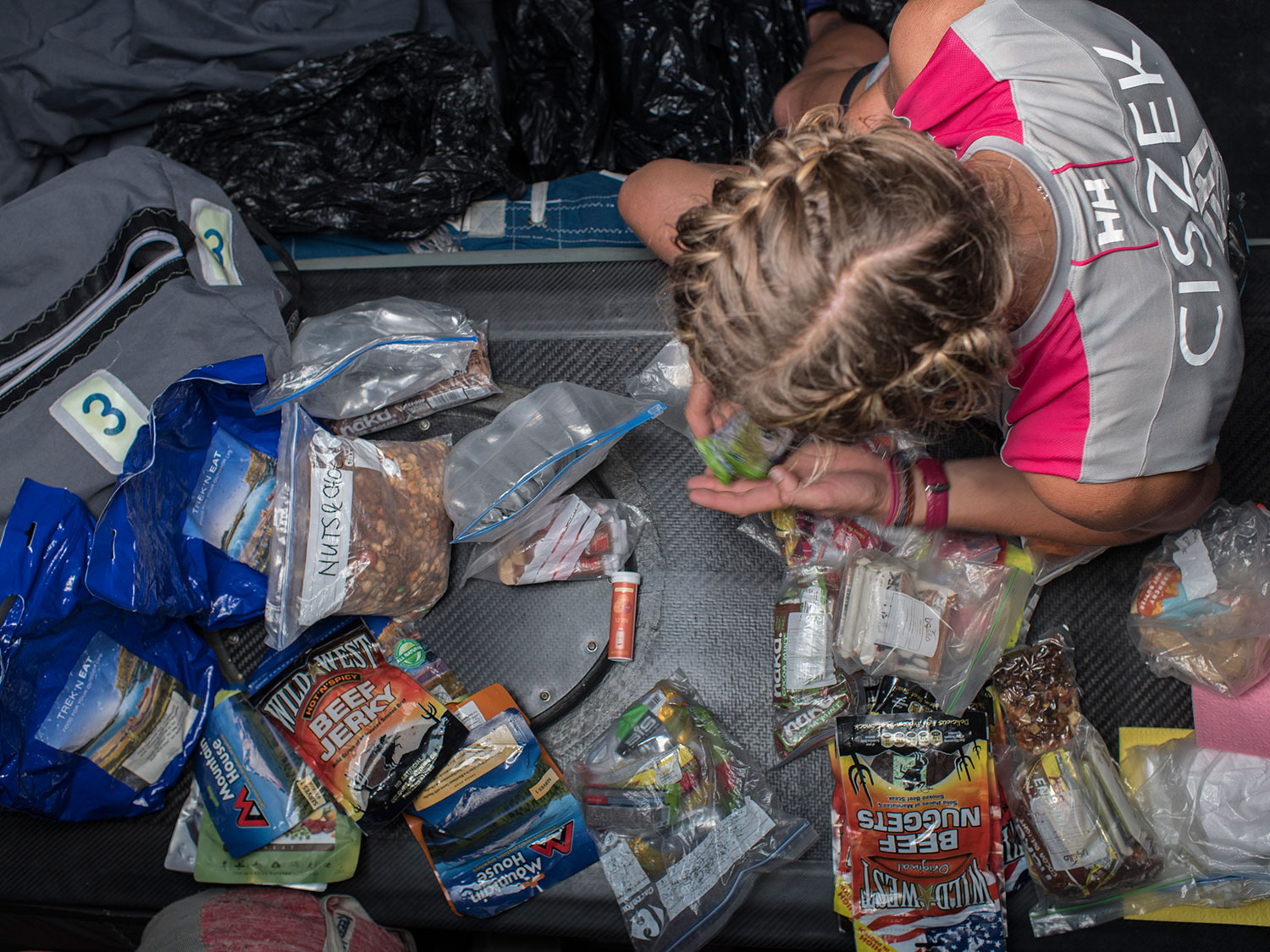
The sun came out on Day 8. The sea had calmed down and we managed to move back into the fleet and get the boat back into shape. We were back in the game! But we no longer had our fRO, so we were sailing underpowered and losing rapidly. Cape Horn was still a few days away.
The problem when you are behind in this part of the world is that suddenly you are very, very alone. This re- sponsibility was wearing down heavily on our skipper Sam Davies, knowing that if we had a life-threatening situation, we were out of reach, and the guys weren’t going to be able to sail back upwind to help us quickly. We had to respect the skipper’s decision and concentrate on delivering the boat and crew to Brazil in one piece. Even more so, when the news of Team Dongfeng’s dismasting came through.
We finally rounded Cape Horn at daybreak on April 1st. We had just been through a snowstorm and it was cold and grey, but we were so close we could see it perfectly. It was amazing for me to see it for the second time. Magnus Ols- son, our inspirational coach, had passed away of a stroke in 2013, in the lead up to the race... We had carried a wreath for him to lay here, at this legendary place for sailors. We had the wreath with hundreds of letters attached, all the way from Auckland, and I laid it in the water here. An al- batross, a lost sailor’s soul, appeared above in the sky. “Our friend and mentor – lost, but forever an albatross. So Mag- nus, we’re going to keep on fighting just for you, thank you for looking out for us!”
The day continued to be eventful as we had to pass through le Maire Strait. There were gusts of 40+ knots, so we opted to tack and it turned into a nightmare – we end- ed up shredding our J3 sail and wiped out, breaking more main battens. But we managed to fix it and back up, we sen it down the strait with 50 knots of wind. I was driving and it was amazing.... a huge swell was perfectly oriented, and the boat hit speeds of 30 knots regularly.
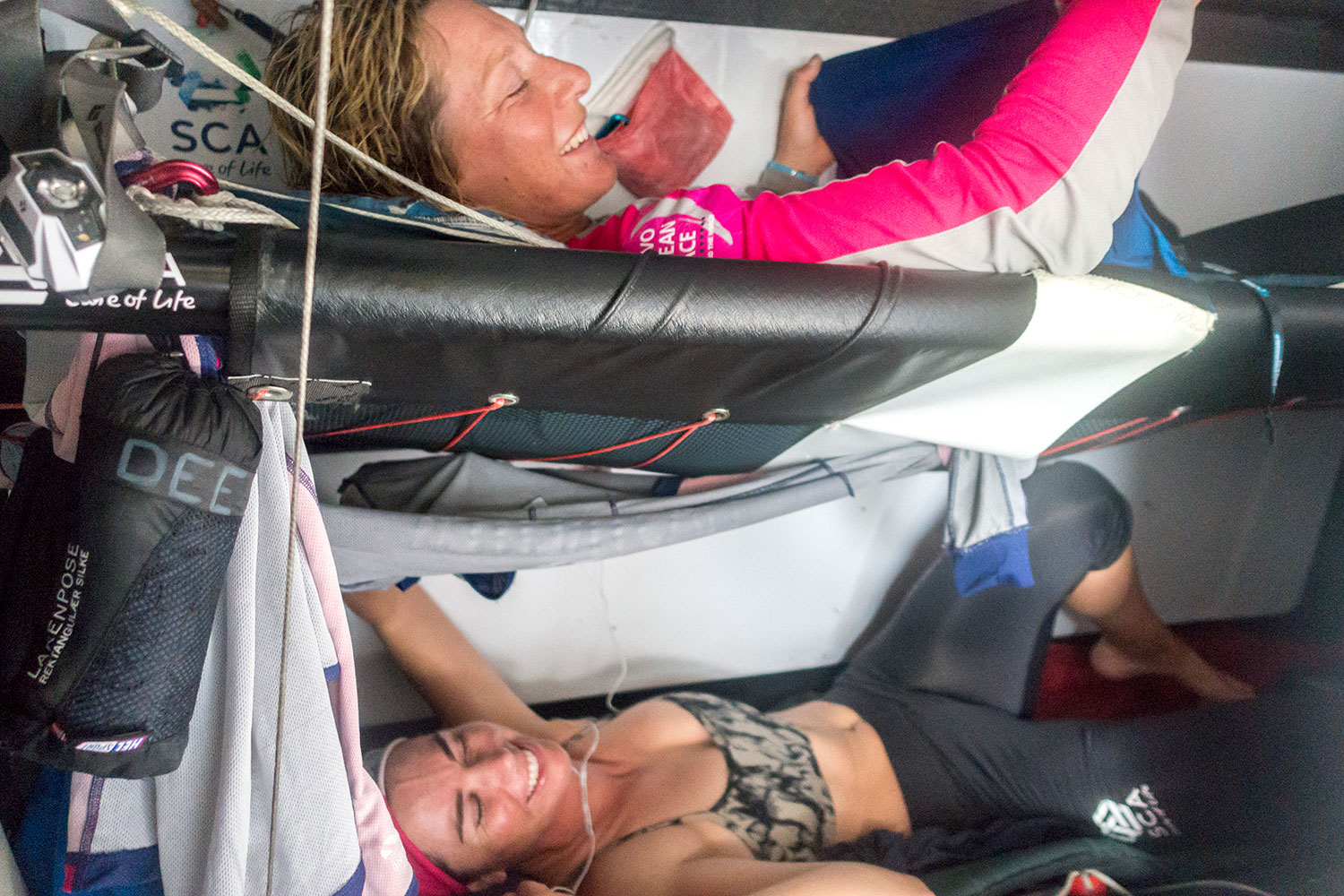
But we were sailing very conservatively, and there was no way of catching up with the other teams. Thinking we were out of harm’s way, I went up the rig to swap our wind wands. Just a short while after being safely back on deck, we smacked into an unidentified object while doing 20 knots. Our port rudder was ripped out and the hull was badly dinged. luckily the boat swung into a tack and yet another wipe-out, so we didn’t take on too much water, and the rudder was still poking through the bottom bearing. We quickly established that the rudder and hull were ok, but the quadrant and bearings were destroyed. I managed to panel beat the bottom bearing to slide the rudder back into it. We had a spare quadrant, so we were soon sailing again. We were taking on water but we managed to fix the leak and the main handicap was a heavy helm.
[gallery type="slideshow" link="none" td_select_gallery_slide="slide" ids="6774,6776,6773,6769,6768"]
The next 12 hours were like playing dodgem cars with sea life. The rudders and keel continued to take hits. We even had a shark wrapped around one rudder, which we had to push off with the boat hook. That night was a little nerve-wracking, as we were all waiting for the next impact. But at least by now it was a lot warmer, and it wasn’t taking 35 minutes to get dressed every time you went on deck!
Finally, the arrival in Brazil was a welcome relief! It was time to hand the boat over to the shore team and for us to have a break. Time to regroup and focus on the next leg - to Newport, USA.
The sixth leg to Newport, Rhode Island, had highs and lows. It was a strong start for the team, they were competitive, racing hard with the top half of the fleet, as they stayed in the top three for much of the first week. Leg 7 saw the fleet return to Europe with a 2800nm race to Lisbon, Portugal in an unusual transatlantic. “It was like someone had ironed the Atlantic, so we had flat water and really light winds... I have never seen the Atlantic like it,” said skipper Sam Davies.
Team SCA won the penultimate leg 8, the first all-female team in 25 years to win a leg of the Volvo Ocean Race. They finished 6th overall. Team SCA had one aim, to bring female sailors back to the world’s toughest ocean race and to compete at the same level as their male counterparts. In that they succeeded. But more importantly than the race, it was the unforgettable journey.
This article was a Feature in Issue 9 of our print magazine.


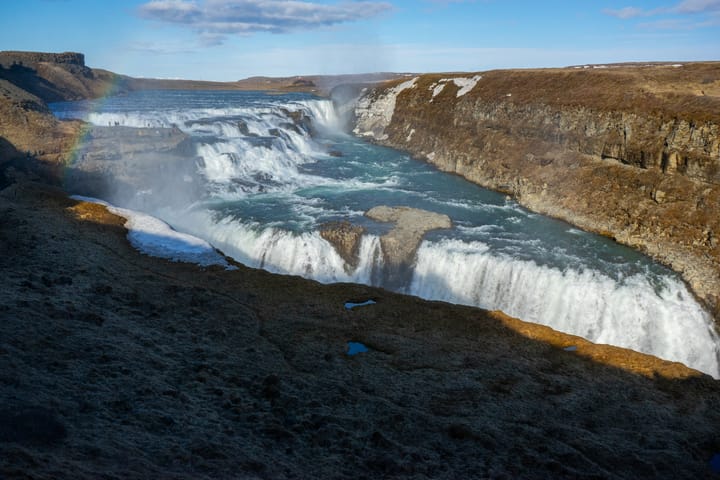
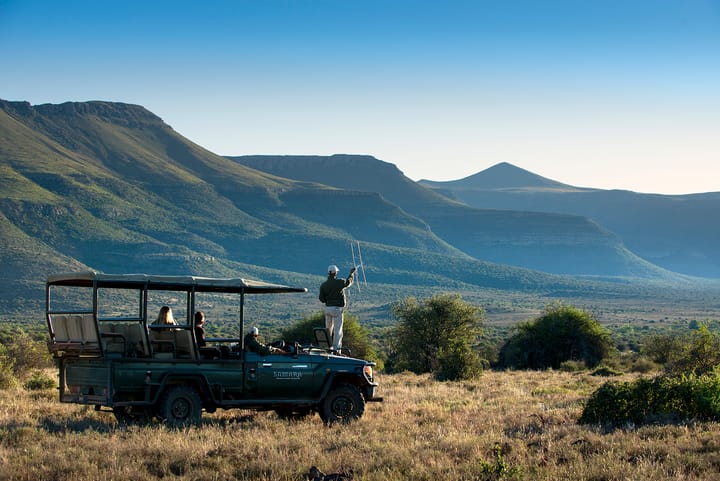

Comments ()